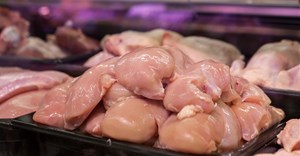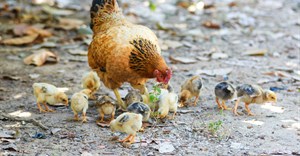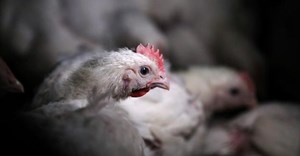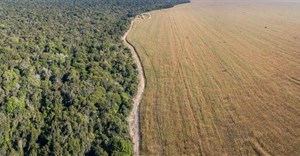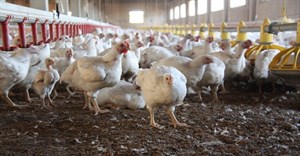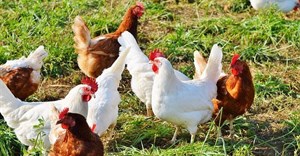Elections 2024
Elections 2024
Key insights into Asian meat and poultry market
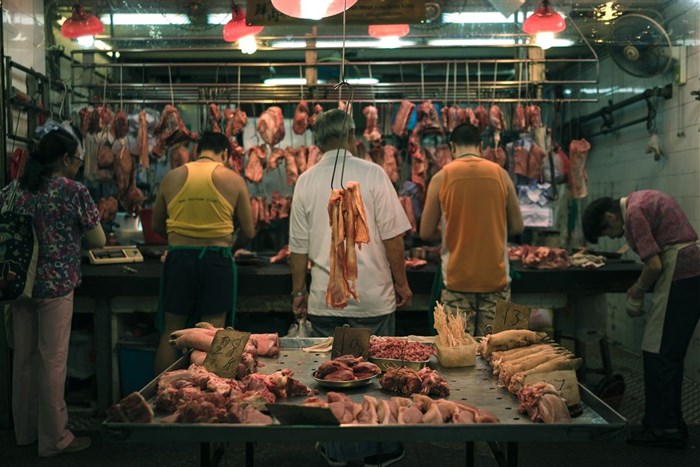
There was a notable growth from 2007 to 2013, levelling off over the next three years.
China alone comprises approx. 60% of meat and poultry consumption in Asia
The countries with the highest consumption were China (60%), distantly followed by Japan (4%), India (4%), Vietnam (3%), Philippines (3%), Pakistan (2%), Korea (2%), Indonesia (2%), Iran 92%), Myanmar (2%), Turkey (2%) and Thailand (2%). The other major consuming countries comprised near 12% of Asian consumption.
According to IndexBox estimates, the highest annual growth rates of meat and poultry consumption from 2007 to 2016 were recorded in Myanmar, with +8.9% growth, Turkey and Indonesia, with +5.9% and +5.0% growth, respectively.
Amongst the leading consuming countries, high levels of per capita consumption was recorded in Korea (66.0 kg/year), China (64.5 kg/year), Myanmar (57.1 kg/year) and Vietnam (53.8 kg/year), which were significantly higher than the world average of 20.3 kg/year. In these countries per capita consumption grew steadily in 2007-2016.
Swine meat was the most consumed product category in Asia, amounted to about 47% of total consumption. It was followed by poultry (31%), bovine meat (14%), meat of sheep or goats (6%) and horse, ass, mule, hinne meat (1%).
Consumption of meat and poultry in Asia is expected to reach 191 million tonnes by 2025
Meat is a product of stable demand in Asia, but the types of meat and poultry consumed and the levels of per capita consumption vary from country to country. Meat and poultry consumption is largely determined by the level of income of the population, thus countries with a high standard of living traditionally have higher per capita consumption of meat and poultry. The rise in living standards and the rapid pace of urbanisation have led to a significant increase in production and consumption of meat in Asia in the last decade.
The gradual increase in household incomes and the turnover of retail trade amid continuing urbanisation, including maintaining strict meat and poultry standards, as well as improved meat supply thanks to the development of production capacities, will be the main drivers behind the growth of meat and poultry consumption in the Asian region. Moreover, rapid population growth in Asia increases the demand for food.
The performance of the market is predicted to grow with an anticipated CAGR of +2.8% for the next eight years, which is forecasted to bring the market volume to 191 million tonnes by 2025.
Pork remained the most produced type of meat
Production of meat and poultry reached 140 million tonnes in 2016, with a consistent upward trend over the last nine years. From 2007 to 2016, production volume expanded at an average rate of +2.9%.
Pork (66.3 million tonnes) accounted for the highest share (47% in 2016) of global meat and poultry production, followed by chicken meat (36.6 million tonnes), cattle meat (15.7 million tonnes), sheep meat (4.9 million tonnes), goat meat (4.1 million tonnes), duck meat (3.8 million tonnes) and buffalo meat (3.4 million tonnes).
The most notable growth rates in global meat and poultry production from 2007 to 2016 were attained by chicken meat (+4.3% per year), while the other categories (meat experienced more moderate paces of growth. From 2007 to 2016, 41% rise in US meat and poultry production was attained by pig meat, against 37% rise in chicken meat production and 10% - in cattle meat production.
China produced the major share of the total meat and poultry output
China was the key world meat and poultry producing country with an output of about 85 million tonnes in 2016, which accounted for 61% of the total global output. The other major producers were India (5%), Vietnam (4%), Japan (3%), Pakistan (3%), Philippines (2%), and Turkey (2%).
In China, production levels increased by +2.5% annually from 2007 to 2016, largely attributed to livestock population growth. The other major producing countries showed growth of meat and poultry output in physical terms. In 2007-2016 annual growth rates were especially high in Turkey (+6.7%), Vietnam (+4.5%) and Pakistan (+4.4%).
About 8% of Asian meat and poultry consumption was imported
The share of imports in consumption in Asia amounted to only 8% in 2016, slightly growing (+2 percentage points) from the outset level. Nevertheless, the region is practically independent of imports.
India and Hong Kong were the main meat and poultry exporters in Asia. In 2016, the volume of Asia’s exports totalled 3,328K tonnes, which was 1% less than the year before. However, from 2007 to 2016, Asia’s meat and poultry exports demonstrated a pronounced growth, with a CAGR of +8.5%. In 2016, the value of Asia’s meat and poultry exports totalled $8,253M, which was -4% less than the year before. The annual growth rate of meat and poultry exports was +13.3% per year from 2007 to 2016.
India (39%) and Hong Kong (23%) were the main suppliers of meat and poultry in Asia, together making up 62% of Asia’s meat and poultry exports. Among these countries, India (+11.3% per year) and Hong Kong (+7.3% per year) exports steady increased over the period under review.
The share of India (+8 percentage points) significantly strengthened its position in Asia’s meat and poultry exports, while the share of Hong Kong (-2 percentage points) decreased significantly.
China emerged as the largest meat and poultry importer in Asia
The volume of Asia’s meat and poultry imports totalled 12,344K tonnes in 2016. From 2007 to 2016, Asia’s meat and poultry imports increased steadily, however, demonstrating some noticeable fluctuations in certain years. The total imports volume increased at an average annual rate of +6.6% over the last nine years. In 2016, meat and poultry imports into Asian countries stood at $35,162m in value terms. From 2007 to 2016, the value of meat and poultry imports increased with an average annual rate of +8.9%.
China (24% of Asia’s imports in 2016), Japan (16%), Hong Kong (13%), Saudi Arabia (8%) and the Republic of Korea (8%) were the key meat and poultry importers in Asia.
Among key importers, China had the highest growth rates of imports, which accounted for +13.8% per year from 2007-2016. The other countries had more moderate growth rates over the same period: Hong Kong (+6.4% per year), Saudi Arabia (+5.8%), the Republic of Korea (+5.1%) and Japan (+2.0%).
The share of China rice imports (+11 percentage points) increased significantly. Meanwhile, the share of Japan (-8 percentage points) decreased from 2007 to 2016. The shares of the other countries remained relatively stable throughout the analysed period.


